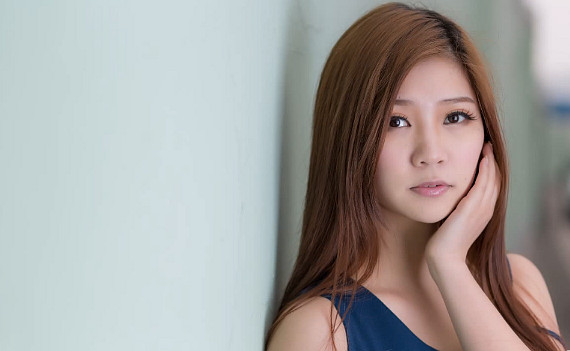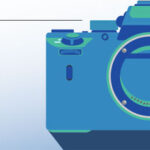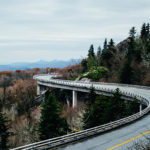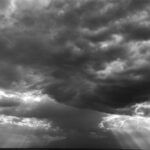Opposites attract. That’s what they say. Typically this saying refers to people. The quiet shy girl likes the talkative outgoing boy, the short man has a crush on the tall woman, and the scientist is married to the preacher. This saying can also be applied to photography, but rather than the opposites attracting each other, they attract your clients and admirers. Just like opposites in a relationship, opposites in photography can complement one another. One example is color:
There are other color patterns that you can use in you photography too:
- Analogous – These are colors that are next to each other on the color wheel. Example: Light Blue, Dark Blue, Purple
- Triadic – This scheme creates a equilateral triangle on the color wheel. It can be very vibrant, and it’s best to use one dominant color and let the other two act as accents. Example: Green, Purple, Orange
- Split Complimentary – Instead of using the opposite colors on the color wheel, you use two that are adjacent to the opposite color. Example: Green, Violet, Dark Orange
- Square – This scheme creates a square on the color wheel, and is another one in which one color should remain dominant. This is a tricky one as you are dealing with multiple warm and cool colors. Example: Green, Blue, Red, Yellow

Your complementary color doesn’t have to be exactly opposite on the color wheel, but try to find one that’s close.
Like This Article?
Don't Miss The Next One!
Join over 100,000 photographers of all experience levels who receive our free photography tips and articles to stay current:






I think the word you had in mind is complementary.